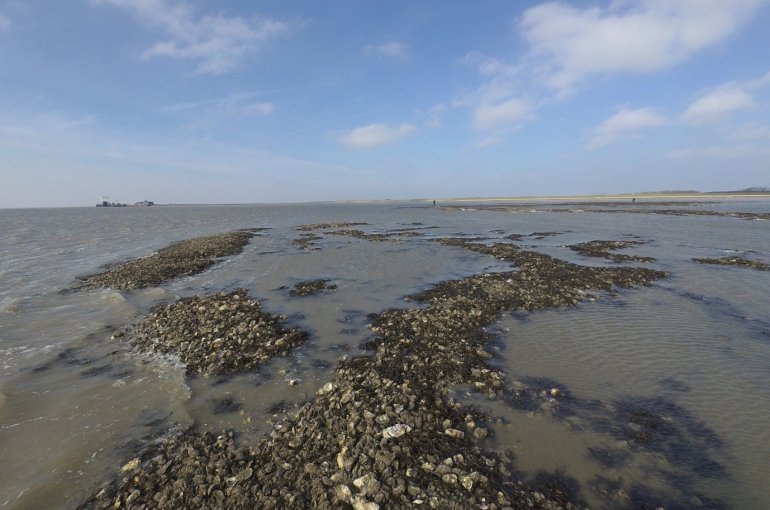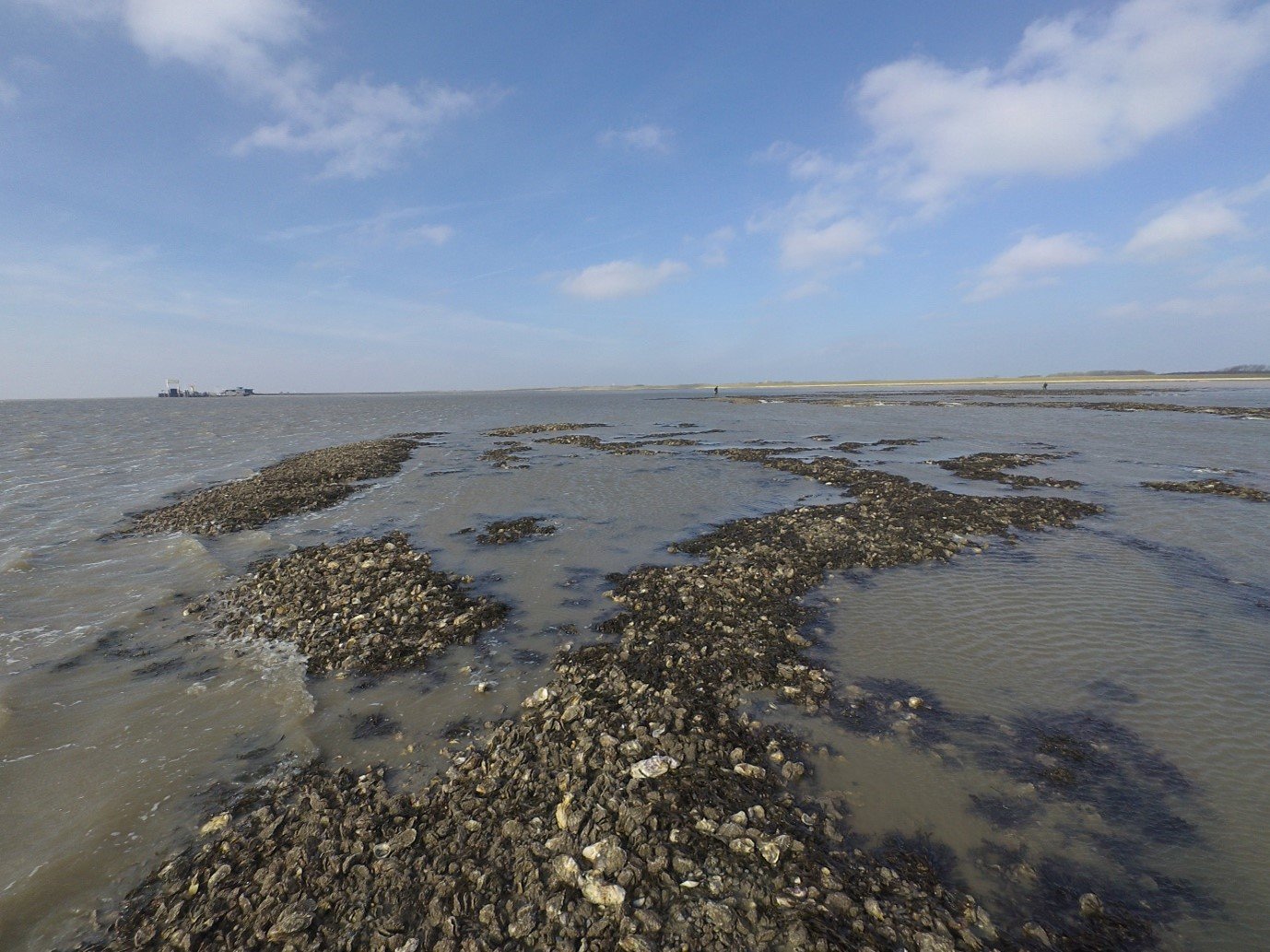Researchers restore shellfish reefs with 3D printed artificial reefs
Building with Ecosystem Engineers

Next month the project "Building with Ecosystem Engineers" will start with the aim of restoring mussel and oyster reefs in the Wadden Sea. The innovative research project of NIOZ and Utrecht University will 3D print artificial reef structures made of biodegradable material. Mussels and oysters will be able to settle naturally on these structures, after which the printed reefs will break down by themselves.
A healthy and rich Wadden Sea consists of ecosystem engineers. These are species that influence their own environment in such a way that they create ideal living conditions and provide habitat for numerous other species. "Ecosystem engineers are kickstarters of biodiversity. In the Wadden Sea, reef-forming shellfish, particularly mussels and oysters, are important ecosystem engineers. For successful establishment on an empty tidal flats, these species need a helping hand because their larvae are prey for crabs or are washed away by the waves," explains Ralph Temmink, Wetland ecologist at Utrecht University and one of the researchers of Building with Ecosystem Engineers.

Artificial reef structures
3D printed artificial reef structures could provide shelter from predators and waves for young mussel and oyster larvae. “In doing so, the structures effectively simulate an adult reef which naturally provides protection and thus a foundation for the next generation. The artificial reefs should temporarily take over that role on the bare sand. When the mussels and oysters are large enough to form the reef themselves, the underlying structure breaks down completely. No 3D-printed material remains, only the natural reef,” according to Temmink.

Shellfish Bank Recovery
Building with Ecosystem Engineers focuses on two questions. First, the project will investigate how biodegradable structures can best be designed for successful shellfish bank restoration. In addition to the rate of degradation, it will examine what kind of surface or material types are suitable for mussel or oyster larvae to attach to. The next step is to see how a successful prototype can also be produced and applied on a large scale, and finally to find out which areas in the Wadden Sea are actually suitable for shellfish bank restoration.
The development, 3D printing and testing of the new structures in the Wadden Sea is being carried out in collaboration between NIOZ, Utrecht University, Bureau Waardenburg and The Fieldwork Company. The project is funded by Waddenfonds. The results should be known in four years and may in the future also be a first step, for example, towards making mussel farming more sustainable.

